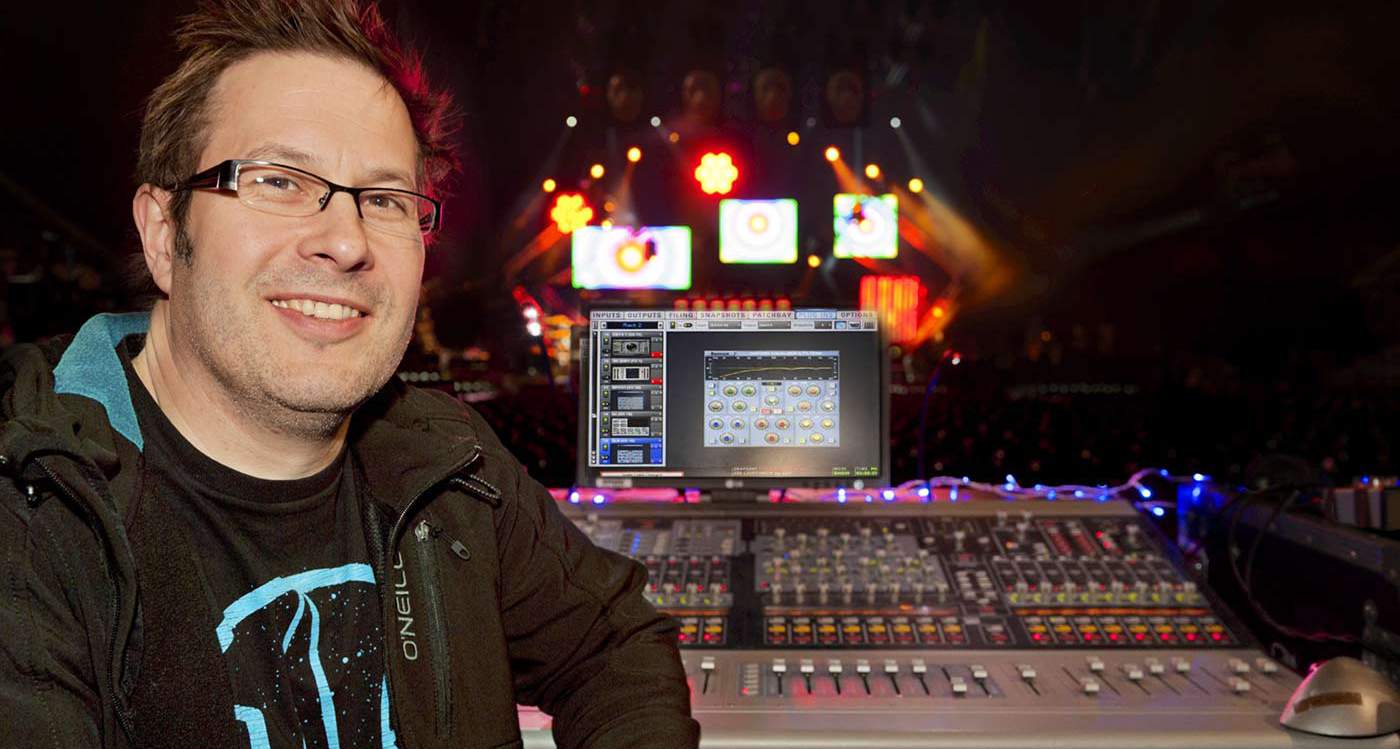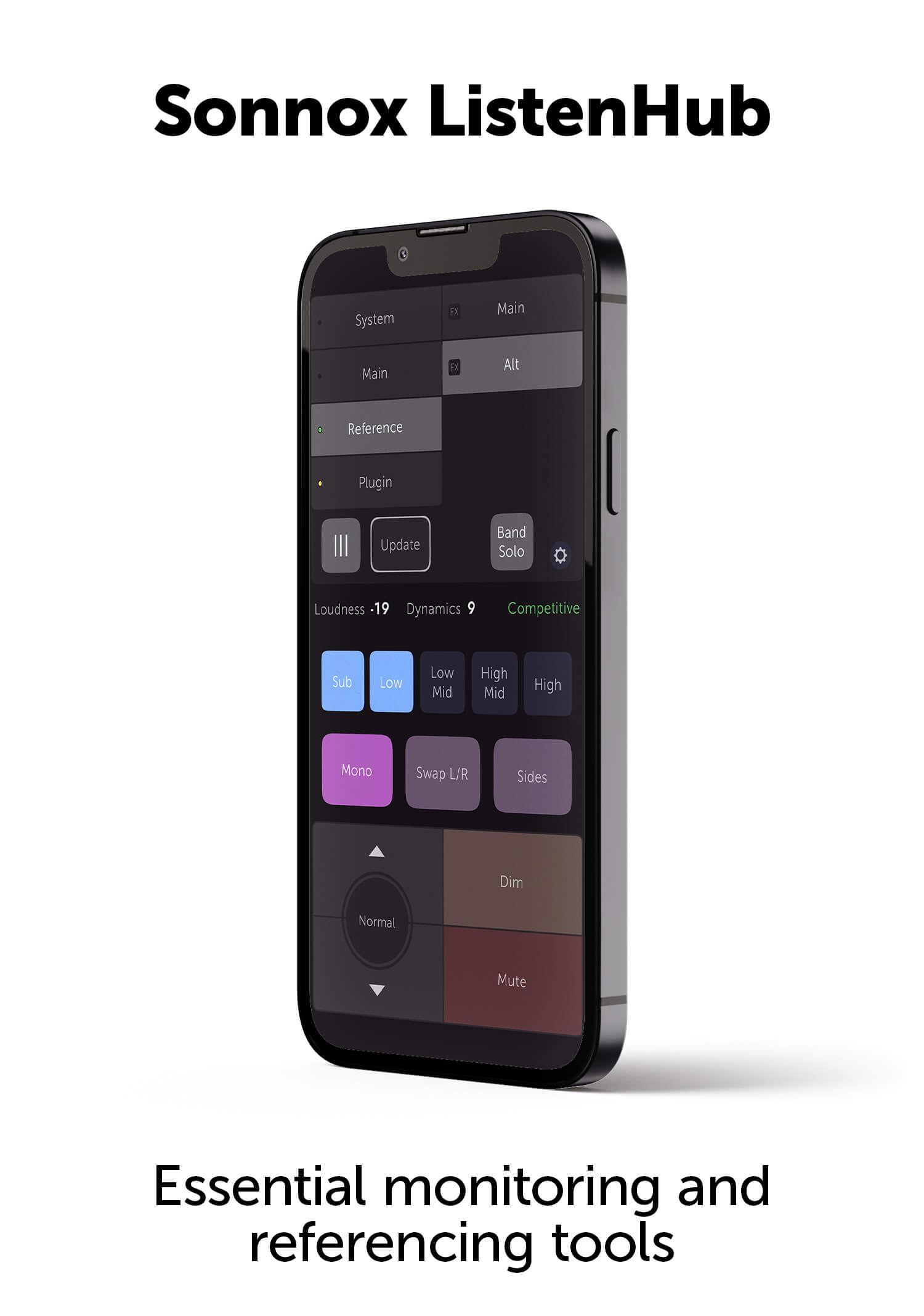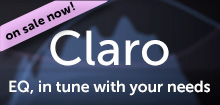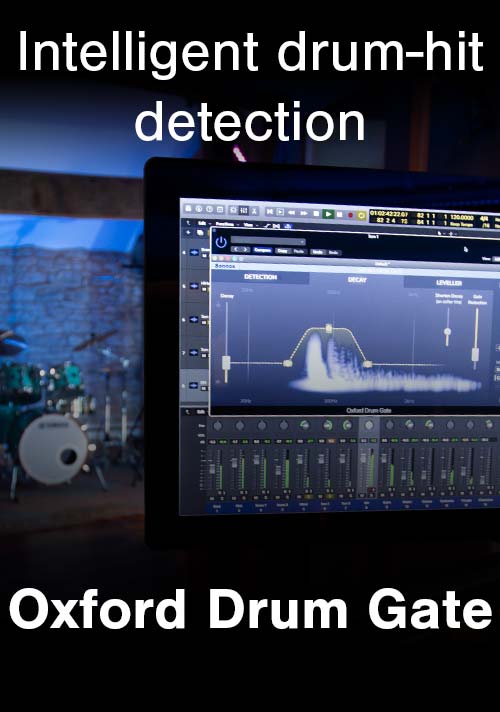Snake Newton
Mixing it up for Duran Duran

With years of experience both live and in the studio, Karl ‘Snake’ Newton has worked with the likes of Robbie Williams, Pet Shop Boys, Craig David and on countless TV Award Shows. Most recently, he finished a tour as FOH for Duran Duran, and he’s currently mixing several of their upcoming DVD’s. We caught up with him at his home studio in London to talk about the tour, his transition to digital consoles, and his extensive use of Sonnox Oxford plugins.
How did you get started in the business?
I was a budding musician in the late 80’s, and thought I could get my band noticed by making them sound really good. Although I was a bass and keyboard player, I built a PA – with no idea that people rented these things out at the time. I was quite green and thought all bands owned their own stuff. I got noticed because we sounded really good, although the songs didn’t! People started renting my PA system, and it took off from there.
Did you start live or in the studio?
I started off live, went to London to make my way and eventually ended up getting more and more freelance clients. I actually was a bit of a hybrid, blending my studio and live skills. It was mostly little Indie bands at first but I got a nice break with Paul Rodgers. I actually didn’t know who he was at first. I was an emergency replacement. They handed me the set list, and I recognized all the songs. It was partially being in the right place and the right time.
I mixed a great band called Divine Comedy that supported Robbie Williams on his first arena tour... They played brilliant music. I got them sounding great, and a lot of people noticed. Eventually led to working with the Pet Shop Boys and so on.
How about your latest tour?
I’m out with Duran Duran, who are touring their latest album called All You Need Is Now. It’s really a great album, probably the best one they've done since Rio. Mark Ronson produced it. I thinnk the CD sounds great, but the songs come out really good live too. It’s one of those things where it sounds like the band, not the producer. The band is really themselves again, and it’s working great.
So I’m involved with mixing that live, as well as working on a couple of DVD's off the back of it. One of them is an interesting collaboration with David Lynch, which was originally recorded in LA for an American Express webcast. It was basically David Lynch’s visuals all over a gig and is actually quite interesting. Then alongside of that, I have another DVD which is basically a straight on performance. The David Lynch DVD is in the final stages of mixing, and the Manchester Arena DVD is just starting up.
Tell us about your use of live consoles
I started with automation a long time ago, back when the Langley Recall was the only desk you could actually find automation on. It had a built in gate and compressor and I loved that thing. It had snapshot faders, not moving, but VCA’s. I got into that with pop bands in '98. But at that time, I was already big into SSL and Euphonix in the studio. However, for live mixing the Langley was the only thing that had capabilities like that. So I thoroughly embraced it “Then when the Yamaha PM1D came out, I started using that with a G5 Mac and a bunch of MOTU 2408 units. Around 2001 I began doing virtual soundchecks with that setup and that was like a whole new level. People sort of thought I was crazy at the time, working with this strange looking rig with all these ADAT light pipe cables spewing out the back of it and there was all this sound with no band onstage. I used that until I started going out with Duran in 2007 and I started using the Digidesign Profile. I’d always been a native mixer on Cubase, so the transition to that board was no problem. I already had a lot of plugins and knew how to use them.

When did you start using the Sonnox plugins?
About 3 years ago. I was doing the Robbie Williams album, which he didn’t tour commercially but got a lot of promo work with. I ended up mixing that and started using them on that. Now I’m hooked.
The EQ is just the best for being able to do pretty much anything. It just sounds fabulous - I’m an absolute Sonnox Oxford EQ addict. The Avid console has no low pass filter, which is ridiculous. So the Oxford EQ’s with the variable slopes and different EQ Types are amazingly useful. For example, if something is a bit brash, its great to put it in Type 4 and just take out 1dB at 2 or 3 kHz, and it doesn’t sound like you’ve dug anything out of the sound. It just suddenly becomes less brash. Or you can look for a specific frequency and dig it out with Type 2, getting very narrow without affecting the frequencies around it. It’s just so transparent. I’ll use it on the lead vocal, and anything I can put it on really.
But I also use the Transient Modulator a lot. It sounds great on the snare drum and the bass as well. It helps to get some of the front end sharpened up. I rate it highly for that. The Dynamics is obviously a great all around plugin as well and I use the Limiter a lot too. It’s a fantastic end stop. You can actually overdrive it in safe mode and it still sounds great. Even if you want to make something sound ‘pumpy,’ by taking the Auto Gain off you can make it punch. If it’s a big rhythmic track, I’ll often put two of them in. One in Auto Gain and then tag another on with a few more dB jacked into it with the Auto Gain turned off. If you want that driving thing, it can really work.
How about the Reverb?
I love the Reverb. I have 6 or 7 running at a time, half of which are usually Oxfords. I love using the Dry Space for percussion or any of the short sharp stuff. It adds a nice bit of width, and makes the source not sound so close miked - more like it’s in a space of its own. Of course you want to close mic everything as much as you can onstage, so using the ambient space really helps.
I also use the Halls, Plates and just about anything in there. Actually, I use Oxfords in the studio even more than live, simply because I’m limited by the amount of timeslots in the console. But they are really all over everything I do.
Interview and editorial provided by Rich Tozzoli




